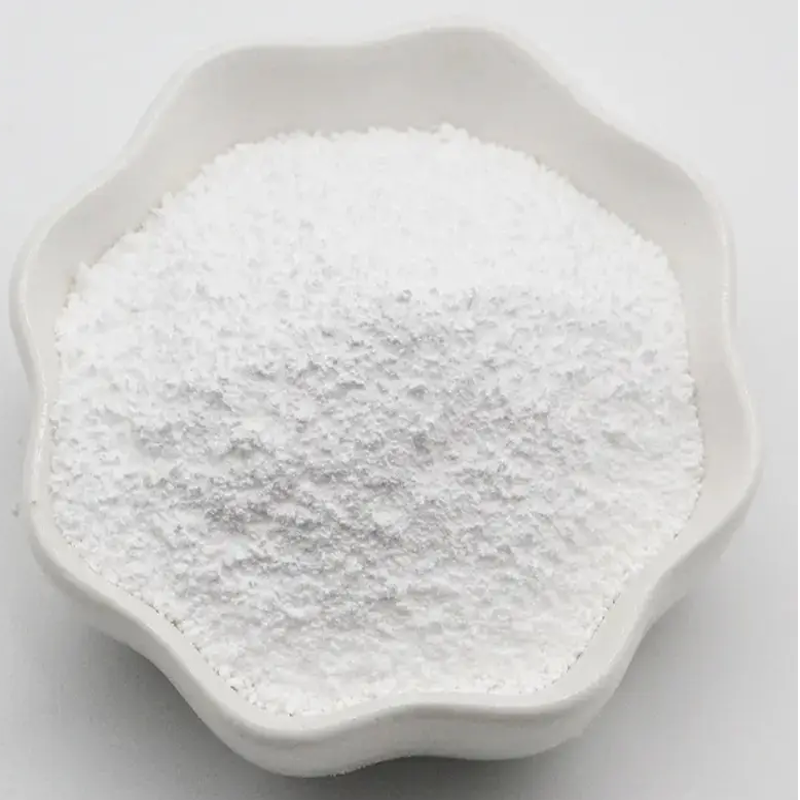-
Categories
-
Pharmaceutical Intermediates
-
Active Pharmaceutical Ingredients
-
Food Additives
- Industrial Coatings
- Agrochemicals
- Dyes and Pigments
- Surfactant
- Flavors and Fragrances
- Chemical Reagents
- Catalyst and Auxiliary
- Natural Products
- Inorganic Chemistry
-
Organic Chemistry
-
Biochemical Engineering
- Analytical Chemistry
- Cosmetic Ingredient
-
Pharmaceutical Intermediates
Promotion
ECHEMI Mall
Wholesale
Weekly Price
Exhibition
News
-
Trade Service
Huynh, A.
, Kelton, JG, Arnold, DMet al.
Antibody epitopes in vaccine-induced immune thrombotic thrombocytopenia.
Nature(2021).
https://doi.
org/10.
1038/s41586-021-03744-4
, Kelton, JG, Arnold, DMet al.
Antibody epitopes in vaccine-induced immune thrombotic thrombocytopenia.
Nature (2021).
https://doi.
org/10.
1038/s41586-021-03744-4
On July 7, a report published on the website of the British "Nature" magazine stated that researchers at McMaster University in Canada analyzed the serum of vaccine-induced immune thrombotic thrombocytopenia (VITT) patients and found that some people were vaccinated with glands.
The mechanism of this rare symptom after the virus vector COVID-19 vaccine will help to find a way to prevent this symptom and improve the safety of the vaccine
.
VITT is a rare but serious adverse reaction that occurs after vaccination with the adenovirus vector new crown vaccine, which can lead to a decrease in platelet count (thrombocytopenia) and thrombosis
.
The new crown vaccine jointly developed by AstraZeneca Pharmaceuticals in the United Kingdom and the University of Oxford and the new crown vaccine developed by Janssen Pharmaceuticals, a subsidiary of Johnson & Johnson in the United States, are all adenovirus vector vaccines
According to the report, VITT is somewhat similar to heparin-induced thrombocytopenia (HIT).
Previous studies have shown that both VITT and HIT are related to antibodies produced against platelet factor 4 (PF4)
.
But researchers have not been clear about the specific mechanism by which these antibodies cause VITT
The team analyzed the sera of five VITT patients with an average age of 44 years.
All five patients had received a dose of AstraZeneca vaccine
.
The results showed that the antibodies obtained from the sera of these patients bind to PF4 at the same sites as those of HIT patients; after comparing it with the serum samples of 10 HIT patients, the researchers found that the antibodies from VITT patients had a better binding response to PF4.
The research team believes that antibodies from the serum of VITT patients bind to PF4 to form immune complexes.
These complexes then activate platelets through the FcγRIIa receptor on the platelet surface, which may cause blood clotting, leading to thrombocytopenia and thrombosis
.
But the team also pointed out that this may not be the only factor leading to thrombosis in VITT patients, and other serum factors may also be involved in platelet activation
One of the authors of the report, McMaster University researcher John Kelton said in a statement that the next step for researchers will be to develop technologies that can quickly diagnose and accurately detect VITT
.
This time, Nature publishes an unedited early version of the research report.
The final version will be published after further editing and review work is completed
.
Previously, Metz Medical also expressed concern that it may need to pay attention to the problem of thrombosis caused by adenovirus vector vaccines, and also mentioned that there were many similar opinions before
.
.
Previously, Metz Medical also expressed concern that it may need to pay attention to the problem of thrombosis caused by adenovirus vector vaccines, and also mentioned that there were many similar opinions before
Yu Xiunan,Xin Xiaomin,Jin Yingyu.
Research progress of type 5 adenovirus vector and thrombocytopenia[J].
Journal of Modern Laboratory Medicine,2011,26(5):160-161.
Research progress of type 5 adenovirus vector and thrombocytopenia[J].
Journal of Modern Laboratory Medicine,2011,26(5):160-161.
A review article by Yu Xiunan, Department of Laboratory Medicine, First Affiliated Hospital of Harbin Medical University, and others pointed out in previous review articles that the adenovirus vector gene therapy can cause thrombocytopenia, but the mechanism is still unclear
.
A large number of reports have shown that thrombocytopenia is a major side effect of high-dose systemic application of adenovirus as a vector for gene therapy of carriers
A review article by Yu Xiunan, Department of Laboratory Medicine, First Affiliated Hospital of Harbin Medical University, and others pointed out in previous review articles that the adenovirus vector gene therapy can cause thrombocytopenia, but the mechanism is still unclear
https://doi.
org/10.
1182/blood-2006-06-032524
org/10.
1182/blood-2006-06-032524
In 2007, Othman et al.
used flow cytometry to analyze human platelet surface receptors and showed strong CAR expression on the platelet surface
.
For research, it is shown that adenovirus can directly bind to platelets through CAR and cause thrombocytopenia
In 2007, Othman et al.
In the future, it is still necessary to carry out in-depth and extensive research in the molecular biology of adenovirus, vector optimization design, safety evaluation, etc.
, to solve the various side effects of its use as a vector therapy, so as to truly play its role in gene transduction and gene therapy.
The advantages and potential will ultimately play a role in the safe gene therapy of infectious diseases and severe diseases
.
In the future, it is necessary to carry out in-depth and extensive research in the molecular biology of adenovirus, vector optimization design, safety evaluation, etc.
, to solve the various side effects of its use as a vector therapy, so as to truly play its role in gene transduction and gene therapy.
The advantages and potential will ultimately play a role in the safe gene therapy of infectious diseases and severe diseases
.
references:
- Thrombotic Thrombocytopenia after ChAdOx1 nCov-19 Vaccination, doi:10.
1056/NEJMoa2104840 - Yu Xiunan,Xin Xiaomin,Jin Yingyu.
Research progress of type 5 adenovirus vector and thrombocytopenia[J].
Journal of Modern Laboratory Medicine,2011,26(5):160-161. - Othman M, Labelle A, Mazzetti I, Elbatarny HS, Lillicrap D.
Adenovirus-induced thrombocytopenia: the role of von Willebrand factor and P-selectin in mediating accelerated platelet clearance.
Blood .
2007;109(7):2832-2839.
doi :10.
1182/blood-2006-06-032524 https://doi.
org/10.
1182/blood-2006-06-032524
1056/NEJMoa2104840
1056/NEJMoa2104840
Research progress of type 5 adenovirus vector and thrombocytopenia[J].
Journal of Modern Laboratory Medicine,2011,26(5):160-161.
Research progress of type 5 adenovirus vector and thrombocytopenia[J].
Journal of Modern Laboratory Medicine,2011,26(5):160-161.
Adenovirus-induced thrombocytopenia: the role of von Willebrand factor and P-selectin in mediating accelerated platelet clearance.
Blood .
2007;109(7):2832-2839.
doi :10.
1182/blood-2006-06-032524 https://doi.
org/10.
1182/blood-2006-06-032524
Adenovirus-induced thrombocytopenia: the role of von Willebrand factor and P-selectin in mediating accelerated platelet clearance.
Blood .
2007;109(7):2832-2839.
doi :10.
1182/blood-2006-06-032524 https://doi.
org/10.
1182/blood-2006-06-032524 Othman M, Labelle A, Mazzetti I, Elbatarny HS, Lillicrap D.
Adenovirus-induced thrombocytopenia: the role of von Willebrand factor and P-selectin in mediating accelerated platelet clearance.
Blood .
2007;109(7):2832-2839.
doi:10.
1182/blood-2006-06-032524 https://doi.
org/10.
1182/blood-2006 -06-032524 Blood
Leave a message here







